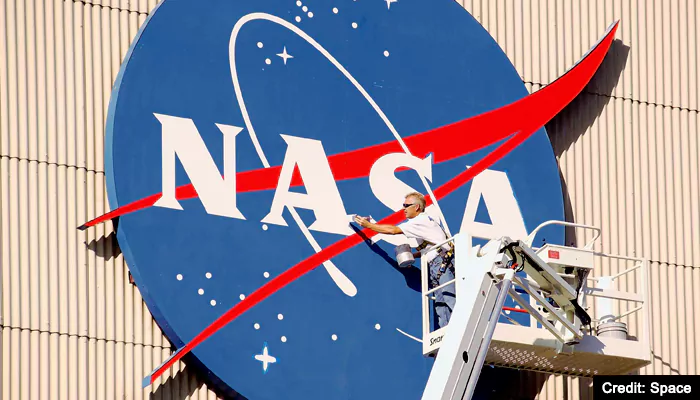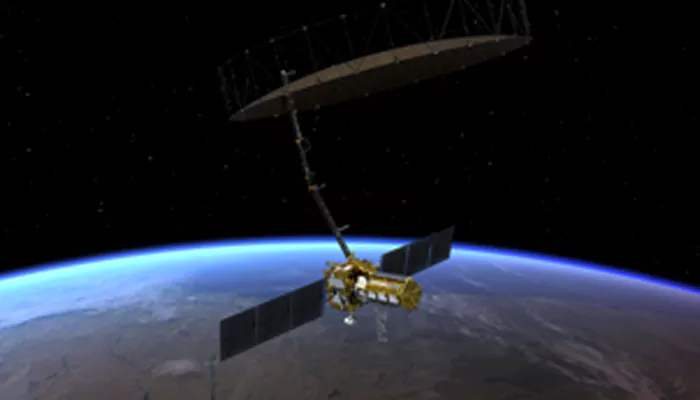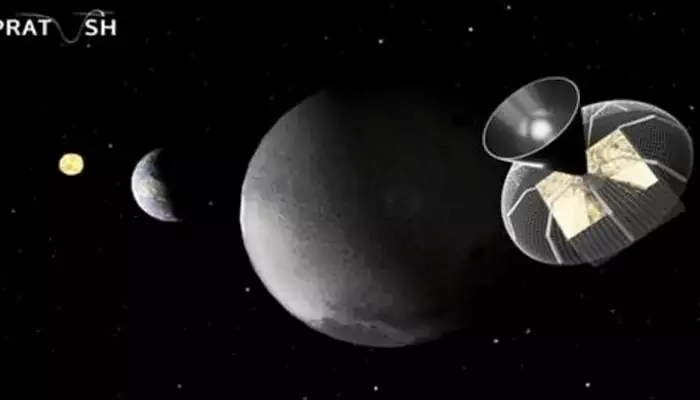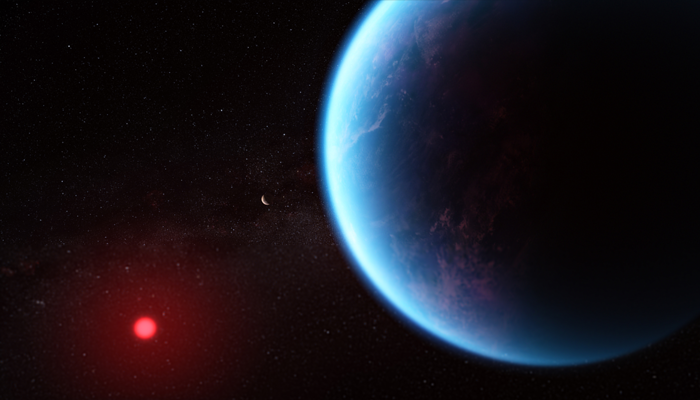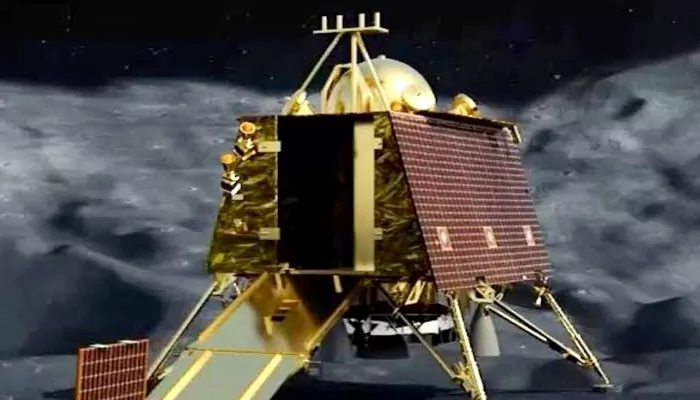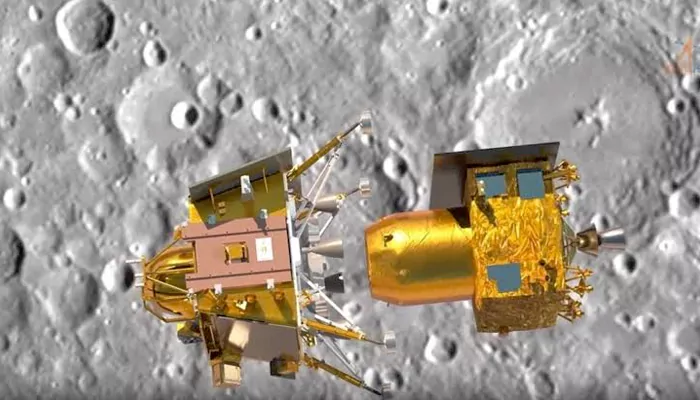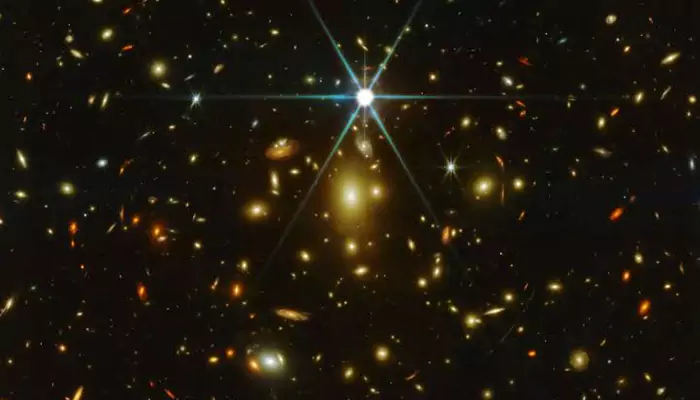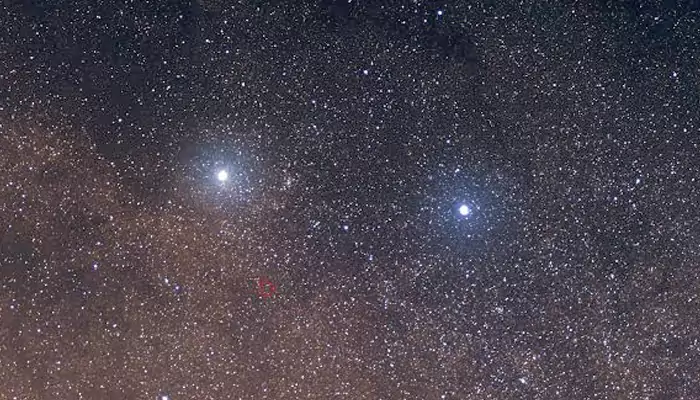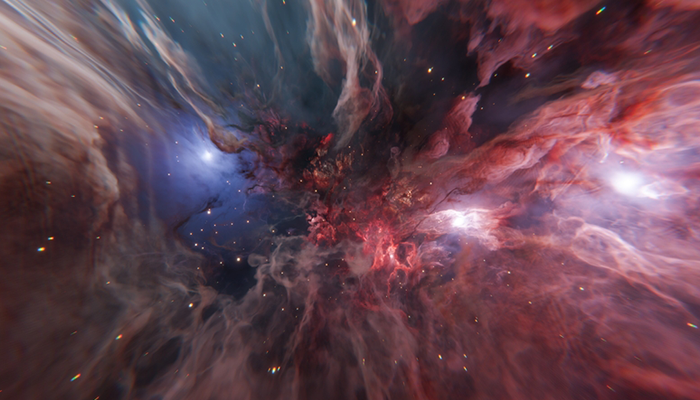Asteroid Detected Just Hours Before Impact Over Philippines: Tracing the Top Nine Pre-Impact Discoveries in Asteroid Detection History
- Devyani
- 1 year ago
- 4 minutes read

A small asteroid was detected just hours before it hit Earth. The asteroid burned up as it entered the atmosphere and a bright lighting streak could be seen above the Philippines before it disintegrated. This identification made before the impact of the asteroid on Earth, is a testament to an impressive system of planetary defense and astronomical detection. The asteroid named 2024 RW1, was first observed by astronomers at the NASA-funded initiative aimed at monitoring near-Earth objects, the Cataline Sky Survey in Arizona. Measuring around 2 feet (1 meter) in diameter, this asteroid is one of the smallest near-Earth objects to be ever detected before impact.
Watch here:
𝗪𝗘𝗟𝗖𝗢𝗠𝗘 𝗧𝗢 𝗘𝗔𝗥𝗧𝗛, 𝗔𝗦𝗧𝗘𝗥𝗢𝗜𝗗 𝟮𝟬𝟮𝟰 𝗥𝗪𝟭! ☄️
— ScienceKonek (@sciencekonek) September 4, 2024
Here's a clear shot of the much-awaited small asteroid 2024 RW1 (#CAQTDL2) burning bright into a greenish 'fireball' over Lal-lo, Cagayan around 12:39 AM PhST, 05 September 2024. Did you see it too? 😊
📸… pic.twitter.com/B3oAm6nNdD
This event marks the ninth time in history that an asteroid was detected before it impacted Erath, signaling the growing effectiveness and advancement of the Earth’s planetary defense system. In this article, we will explore each of these nine milestones in asteroid detection. What and how were these asteroids detected before this incident?- Come let’s find out!
2008 TC3 (2008)

Recovery of asteroid 2008 TC3
The first successful pre-impact detection was of 2008 TC3, a small asteroid about 4 meters in diameter. It was discovered on October 6, 2008, just 19 hours before it entered Earth's atmosphere over Sudan. The detection was carried out by the Catalina Sky Survey in Arizona, USA. This marked a landmark event as it gifted an opportunity to scientists for further study of an asteroid from space before impact, greatly advancing our understanding of such objects.
2014 AA (2014)
On January 1, 2014, astronomers detected 2014 AA, a small asteroid about 3 meters in diameter, just hours before it entered Earth's atmosphere over the Atlantic Ocean. This marked the second time an asteroid was discovered before impact.
2018 LA (2018)

Asteroid 2018 LA: Jet Propulsion Laboratory NASA
2018 LA was discovered by the Catalina Sky Survey on June 2, 2018, only eight hours before it impacted Earth's atmosphere over Botswana. This asteroid, estimated to be around 2.6 meters in size, was the third detected pre-impact asteroid. The fragments of 2018 LA were recovered on the ground, allowing scientists to study the pieces of space rock.
2019 MO (2019)

Asteroid 2019 MO was detected just 12 hours before exploding over the Caribbean Sea
Asteroid 2019 MO, about 5 meters in diameter, was detected on June 22, 2019, just 12 hours before it entered the atmosphere over the Caribbean Sea. The asteroid burned up on entry, producing a bright fireball.
2022 EB5 (2022)
On March 11, 2022, 2022 EB5 was detected just two hours before entering Earth's atmosphere over the Norwegian Sea. Measuring around 2 meters in diameter, it was detected by the Hungarian astronomer Krisztián Sárneczky using the Piszkéstető Observatory. This detection marked the fifth time an asteroid was spotted pre-impact.
2022 WJ1 (2022)

Asteroid 2022 WJ1
2022 WJ1 was discovered on November 19, 2022, only a few hours before impacting Earth over Ontario, Canada. At roughly 1 meter in diameter, it was small enough to pose no threat, burning up on entry.
2023 CX1 (2023)

On February 13, 2023, asteroid 2023 CX1 was detected by the European Space Agency’s NEOMIR (Near-Earth Object Mission in Infrared). This asteroid, about 1 meter in diameter, entered the atmosphere over Normandy, France. The successful detection demonstrated the effectiveness of European efforts in planetary defense.
2023 UM1 (2023)
2023 UM1 was discovered on October 19, 2023, by NASA’s Pan-STARRS observatory in Hawaii, just hours before impacting the atmosphere over the Indian Ocean. This detection showcased the enhanced sensitivity of asteroid detection technologies, facilitating astronomers to spot objects even under less-than-ideal conditions, such as during the day or in rainy weather.
As detection systems continue to advance, we are better equipped than ever to detect and respond to cosmic threats, defending Earth from the dangers of space.

